Trenton painter finds beauty in stillness
-
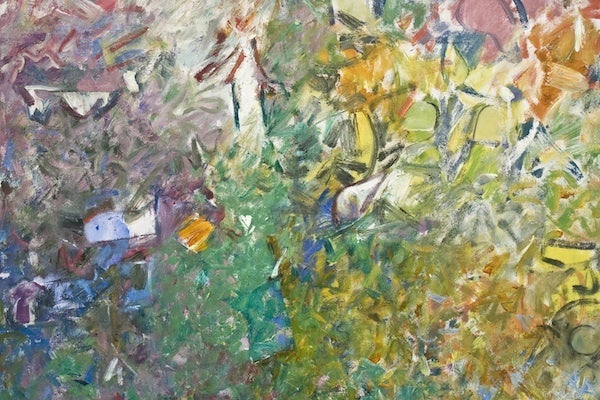
<p>Detail from Sun's Scratch, 40 x 44, 2012. (Courtesy of Geoffrey Dorfman)</p>
-
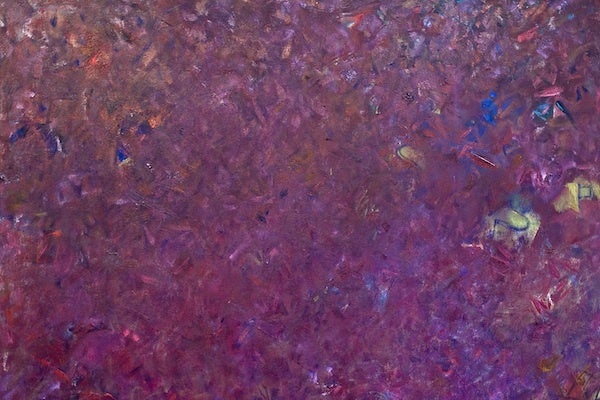
<p>Detail from Nest, 42 x 46, 2012. (Courtesy of Geoffrey Dorfman)</p>
-
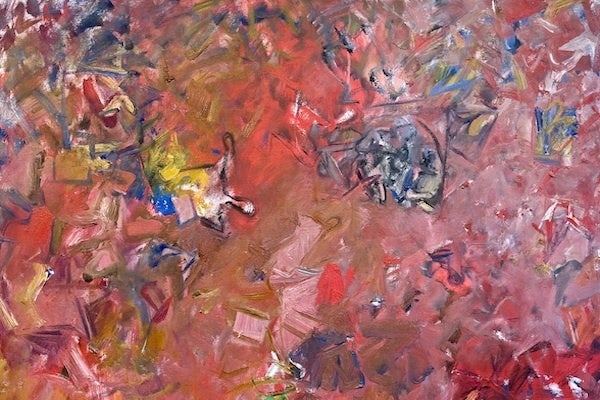
<p>Detail from Laboratory, 40 x 44, 2012. (Courtesy of Geoffrey Dorfman)</p>
-
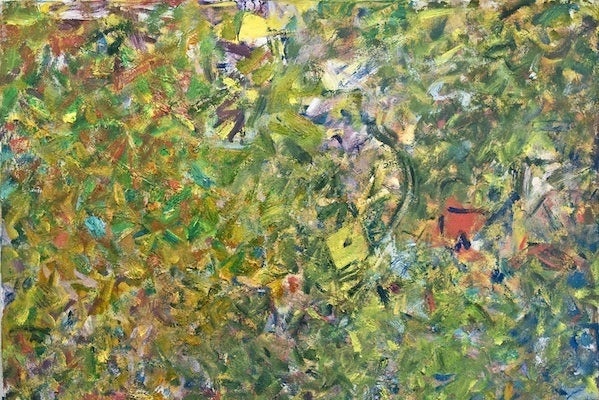
<p>Detail from Hive, 40 x 44, 2012. (Courtesy of Geoffrey Dorfman)</p>
-
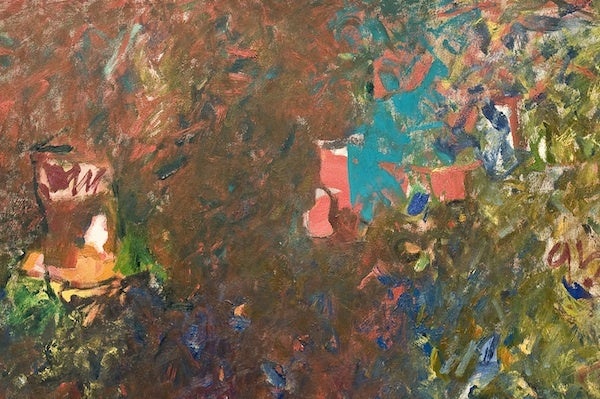
<p>Detail from Distant Mirror, 40 x 44, 2011. (Courtesy of Geoffrey Dorfman)</p>
-
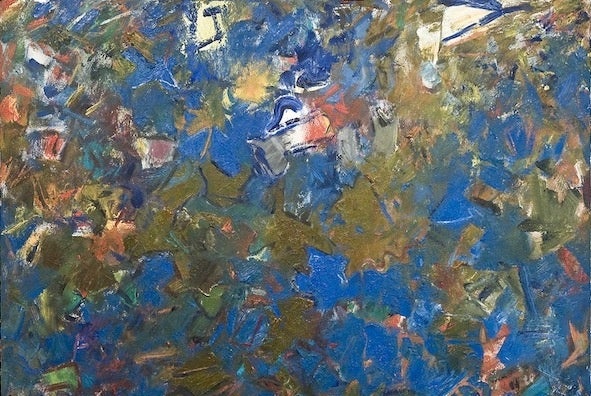
<p>Detail from Gaia, 42 x 46, 2012. (Courtesy of Geoffrey Dorfman)</p>
“There is danger in trying to describe what you do.”
Geoffrey Dorfman could write the book on the act of creativity. A painter, composer, classical pianist, writer and professor of art and modern culture, he is a master at mining the creative impulse and rendering it in a pleasing form. Geoffrey Dorfman: Eye & Mind, Paintings and Monotypes, is on view at Rider University Art Gallery through March 3.
With a home and studio in Trenton’s Mill Hill section, Dorfman says he’s more tinkerer than engineer. “There’s no organization when I begin,” he says. “The fugitive random play of light and shade is enough to stimulate me, and when I’m painting well – when I feel most the artist within me – each pass of the brush gives me the clue to the next one.”
It’s not about churning out painting after painting; rather, art making is a form of play. “The problem that a lot of people have with the word ‘play’ is that it sounds trivial, but it can be a matter of life and death,” he says. “Most of us have had the experience, when in a game and fully committed to victory, of it being at that moment the most important thing in our life.”
Gifted in both visual art and piano, the High School of Music and Art graduate was faced with a choice when accepted at both Manhattan School of Music and Cooper Union. He chose the latter because tuition was free, and by age 21, made a commitment to painting and gave up piano.
After earning an MFA at Syracuse University, an uncle offered Dorfman the opportunity to apprentice as a scenic designer in the film industry, but Dorfman turned it down, saying he didn’t want to work for a living. What he meant was, he wanted to do his own artwork. And he has worked at painting, making music, writing and teaching all these years.
He didn’t return to piano until age 38, immersing himself so that, with practice, he was giving full-length solo concerts at Carnegie Hall.
The transition from traditional to abstract art began by studying abstract artists, and then putting paint down on canvas and looking at it. “Norman Mailer started his second novel by just putting down a sentence,” says Dorfman. “Then the next sentence came, and the one after that. I don’t have a plan, but the picture lets me know what it needs to complete itself.”
He compares the process to a game of chess. “The possibilities start to narrow down, and sometimes I lose my way. How you begin isn’t that important,” he continues. “Sometimes I start by cleaning my brushes on a clean white canvas.”
If a painting does suit him, he may scrape the canvas or simply turn it upside down.
Although Dorfman works as an abstract painter, he teaches still life and the figure at the College of Staten Island. No matter how gifted a student is, Dorfman says, once art school is finished, no one expects the student to continue. They are expected to get a job, possibly as a commercial artist. The true test of whether the student is an artist is “if you continue because you have to – it’s a terrifying existential moment. Freedom is frightening, when no one is telling you what they expect of you.”
It doesn’t help that the parents of young art students believe their offspring, as artists, will wind up sleeping in the park.
“The only way to continue as an artist is because it’s something you can’t live without,” says Dorfman. “You have to find a way of making art by which you’re constantly stimulated by what you do, and if the work sells it’s a bonus. If you think of what people want to see, who is your audience, what do they expect, you’re in trouble.”
These days, even students who major in finance will have a hard time finding paid employment, so Dorfman tells them, “You’re going to be poor anyway, you may as well do what you love. The worst thing imaginable is being poor and doing what you hate.”
Teaching has helped Dorfman to bridge the gap between following his artistic path and earning an income.
Music is more like life than painting in that it unfolds in time, he believes, and you experience the un-spooling, whereas painting is frozen in time, an image is a static experience. “In life, and in movies, images are in flux and you are moving your eyes – it’s a form of self-protection, so you don’t walk into things,” he says. Looking at a static image involves a different kind of looking, one that many have difficulty with.
“A painting takes narrative out of the equation – nothing is going to happen when you look at a wrought object,” says Dorfman. “You’re removing the future, it’s totally in the present – and that’s where you see real beauty.”
He compares it to two lovers viewing a sunset. “They experience beauty as the sensation of time slowing down.”
You never forget the first time you heard the ocean, he says; and when you are older you realize it’s where you came from, you are tied to it. It’s a feeling that goes beyond, and you need a poet to reinvent those feelings in language.
Or, with painting, “the object is to create a revelation by moving paint, and keeping paint (as) paint – not turning it into a leaf, bark, a river or a nose – it’s simply color and paint. And within that, you can create the whole universe.”
Geoffrey Dorfman: Eye & Mind, Paintings and Monotypes is on view at Rider University Art Gallery, Bart Center, Rider University, through March 3. Opening Reception February 7, 5-7 p.m. Artist’s Talk February 14, 7 p.m.Ludeke. Gallery hours: Tuesday-Thursday • 11 a.m. – 7 p.m.Sunday • noon – 4 p.m.
WHYY is your source for fact-based, in-depth journalism and information. As a nonprofit organization, we rely on financial support from readers like you. Please give today.




